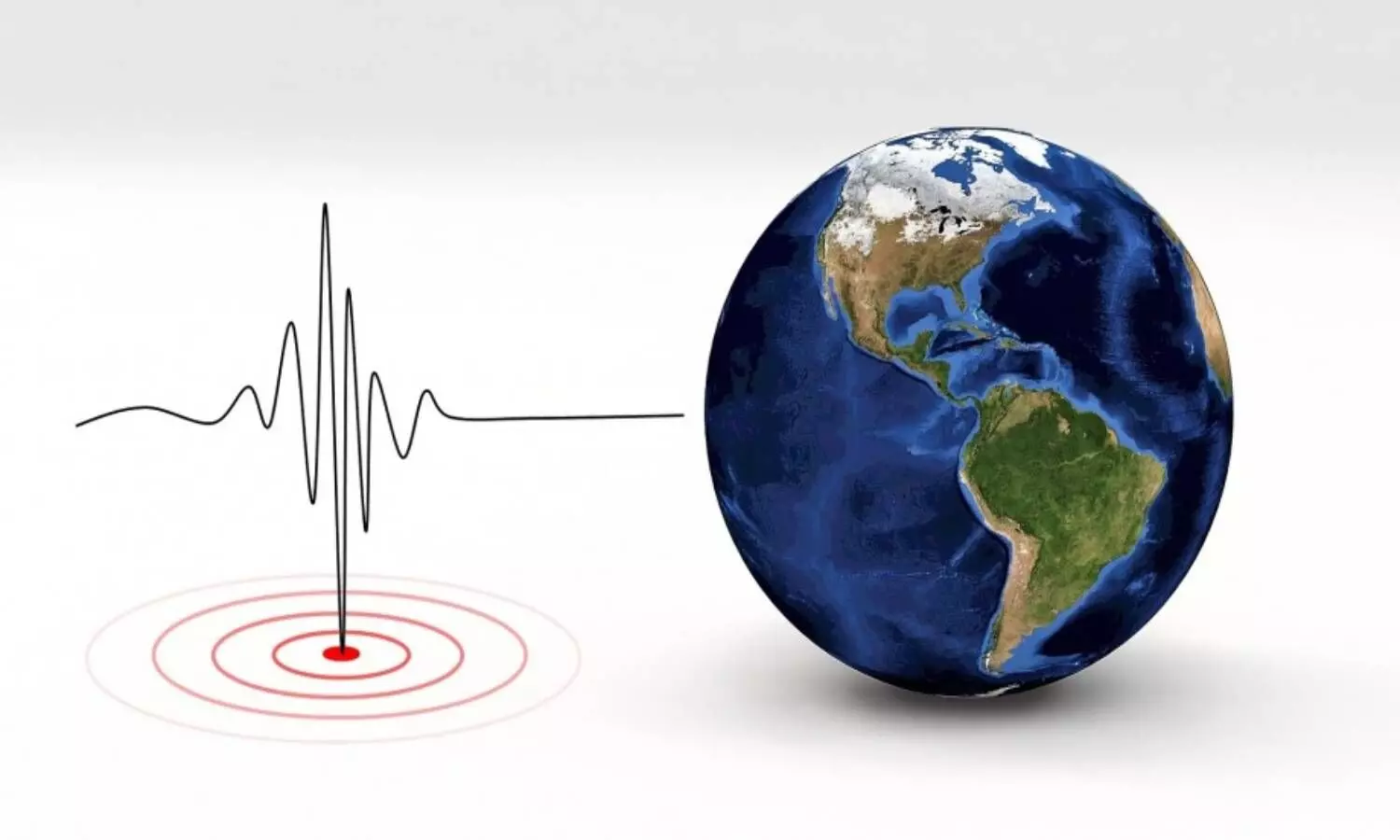Environmental Seismology: Hyd-based CSIR – NGRI to develop landslide, flood warning system for Himalayas
Hyderabad-based CSIR - National Geophysical Research Institute (CSIR - NGRI) has launched an Environmental Seismology (ES) group to develop a landslide and early flood warning system for the Himalayan region based on real-time monitoring.
By Newsmeter Network
Hyderabad: Hyderabad-based CSIR - National Geophysical Research Institute (CSIR - NGRI) has launched an Environmental Seismology (ES) group to develop a landslide and early flood warning system for the Himalayan region based on real-time monitoring.
CSIR - NGRI said this would enable crucial warning several hours prior, which will save precious human lives and property in the future. This also has important implications for the planning of infrastructural development of dams, power plants, and other projects by governments that are of great strategic and societal importance to the country, the NGRI statement added.
CSIR – NGRI said landslides, rockslides, and flooding events are a cause of major concern. They have claimed thousands of lives. Ironically there still does not exist a clear mechanism for early warning and mitigation of these hazards.
The recent rockslide-flood disaster of February 7, 2021, in Chamoli district of Uttarakhand state, is a classic example. A steep glacier on the Nandadevi peak in the Garhwal Himalaya got detached causing a major avalanche that induced flash floods in the Rishi Ganga and Alaknanda rivers carrying huge debris of rock, ice, water, and slush. The event caused severe damage to two power plants and killed several people downstream.
The CSIR - NGRI, Hyderabad Operates a dense network of about 100 seismograph stations in the Uttarakhand state in the western Himalayas. Scientists at NGRI in collaboration with German scientists at GFZ, Potsdam used Spectrogram analysis techniques to identify and separate the various phases including that of the rockslides, debris flow, and flooding.
The greatest strength of the broadband seismic network is that it enables complete spatiotemporal tracking of the entire disaster sequence using polarization and backtracing approaches. Since climate change is a major player in accelerating ice loss through glacier melt and flash floods caused by glacier retreat, major efforts are needed to maintain the fragile ecosystem in the multi-hazard prone Himalayan region.